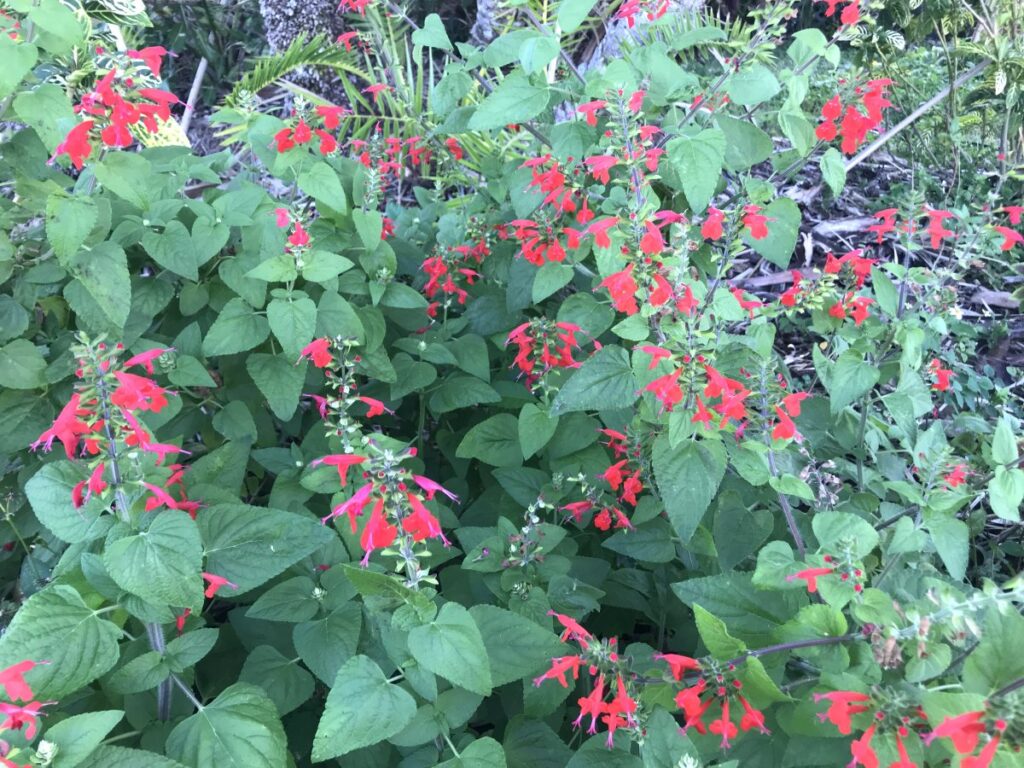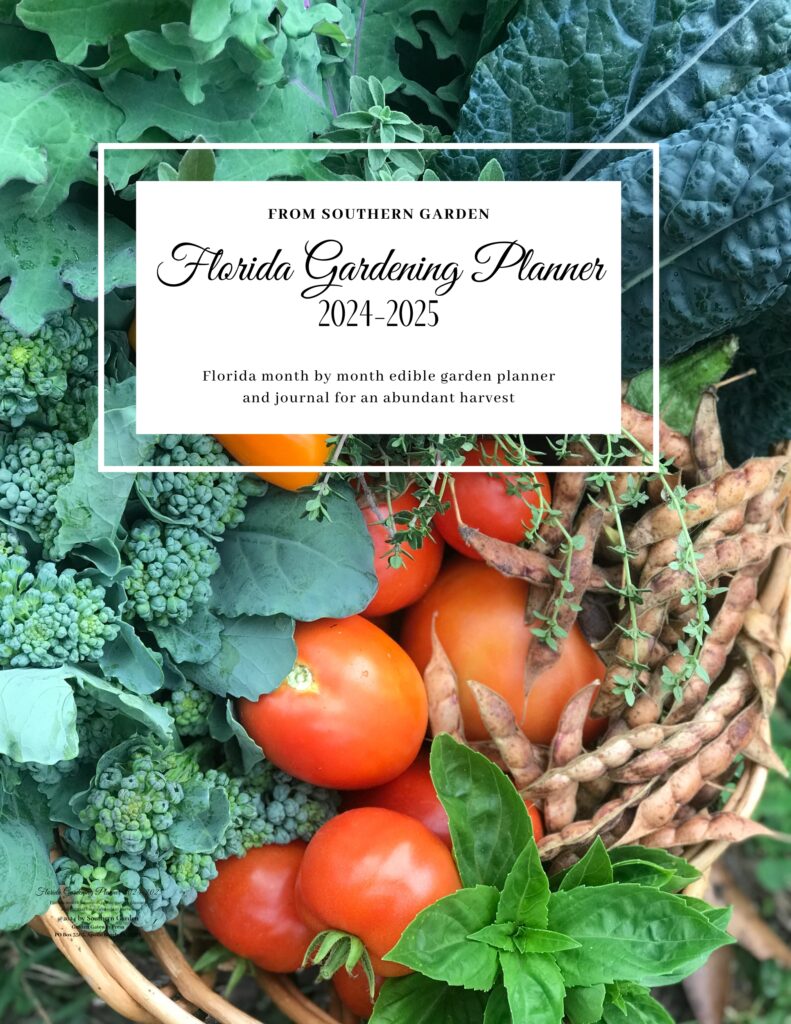
Scarlet sage, Texas red sage, Tropical sage
Salvia coccinea, or red salvia, is one of the many species of salvias found across the globe. It’s also one of the best plants to add to your butterfly garden.
One of its key benefits is that it’s both a prolific self-seeder and a perennial in milder climates, such as in a Southern garden.
Scarlet Sage Benefits
- Highly attractive to bees and butterflies
- Draws in hummingbirds
- Easy to grow and maintain
- Perennial in zones 9 – 11
- Self-seeds readily in zones 5 – 8
- Vivid red blooms add tropical color
Scarlet Sage Description
This native wildflower is easy to grow and offers a bright splash of color throughout the spring and summer. In zones 9, 10, and 11, you’ll even find it blooming through the winter.
This vase-shaped shrub grows to about 24 to 30 inches tall, but can reach up to 4-feet-tall in subtropical climates. Salvia coccinea has distinctive and attractive triangular leaves of a matte dusty green.
The brilliant red flowers are tubular shaped and can measure between 3/4 to 2 inches long. These spiral up a spiked inflorescence that can measure between 10 and 12 inches long.
Tips for Germination
Because Scarlet sage is a wildflower, it germinates best when placed on top of the soil. In subtropical and tropical climates, start seeds at any time of year, only avoiding the deep cold spells of late December and January, for best results. In this case, you can start them indoors in cell trays.
In temperate climates, start indoors or outdoors once soil temperatures reach 75 degrees.
Keep moist until the seeds germinate, then water weekly. Salvias do well in full sun or partial shade.
For best blooms, use compost or a balanced organic fertilizer, but do not overfertilize. Deadhead spent blooms regularly, but remember to allow enough to fully mature at the end of the active season for reseeding.
Buy Scarlet Sage / Tropical Sage Here
| Species Name: | Salvia coccinea |
| Common name(s): | Scarlet sage, Tropical sage, Texas red sage |
| Defining Characteristics: | Small shrub of approximately 2-4 feet tall with bright red flowering spikes. |
| Temperature requirement: | Sow seeds at 75F |
| Watering frequency: | Keep moist until germination occurs then water regularly during the active growing period. |
| Lighting: | Full sun, but will tolerate partial shade |
| Soil type: | Prefers rich, moist soil |
| Growth rate: | Grows quickly and is suitable for annual planting in temperate climates |
| Height: | 3-4 feet tall in subtropical climates |
| Origin: | Native to North America, particularly the Southeast and Mexico |
| Regional locality: | |
| USDA Hardiness Zone: | 9-11 |
| Toxicity Notes: | This plant is considered non-toxic to humans, and is commonly eaten and used in home remedies as well. For more information please visits the ASPCA list of Toxic and Non-Toxic Plants list of Toxic and Non-Toxic Plants |
| Common Pests: | mealy bugs, aphids, spider mites, and sometimes whiteflies |
| Common Problems: | Can be prone to fungal disease |
| Perfect Potting Companions: | |
| Additional Notes: | Use a balanced organic fertilizer for improved blooms |




